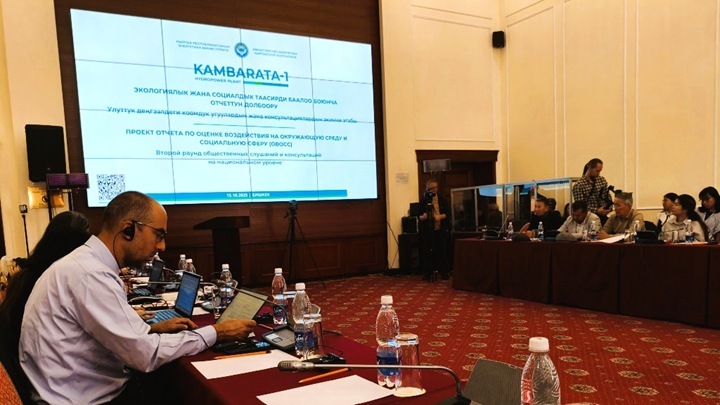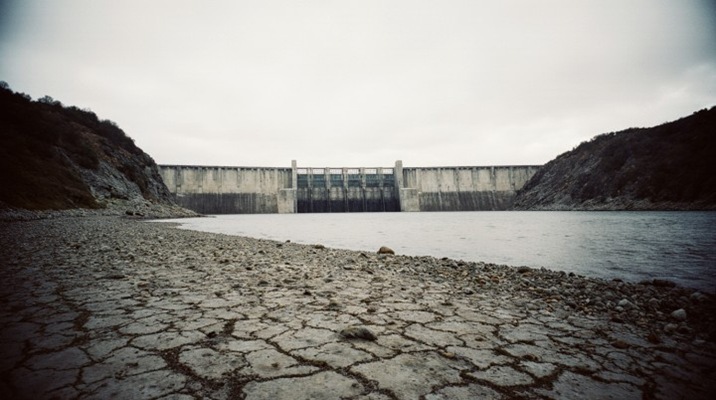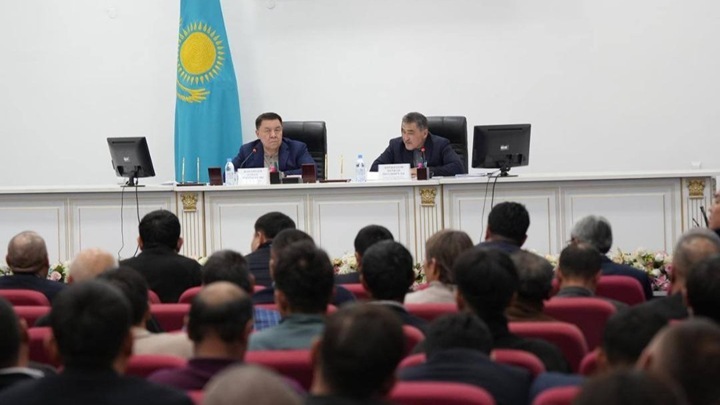Hearings on the Kambarata-1 Dam: a “black box” instead of an environmental assessment
Experts of the public foundation “Rivers without Boundaries” took part in public hearings on the materials of the Environmental and Social Impact Assessment (EIA) of the project Kambar-Ata Dam-1 in Kyrgyzstan and identified critical deficiencies in the submitted documents. According to environmentalists, the current assessment does not give a complete picture of the consequences of the construction of Dams for the most valuable ecosystems of the Naryn River and does not offer adequate measures for their conservation.

The hearings held yesterday in Bishkek brought together representatives of government agencies, design institutes and the public to discuss one of the largest infrastructure projects in the region. However, according to environmentalists, the key sections of the EIA related to biodiversity and natural habitat turned out to be superficial and unconvincing.
“The eighth section of the EIA, which should describe natural habitats (ecosystems), is actually a “black box,” said Yevgeny Simonov, chief specialist of Rivers Without Boundaries. – We see only a list of generalized types of habitats according to the global classification without describing any features of the ecosystems of Kyrgyzstan, and we do not see any specifics about the real state of ecosystems in the flood zone. It is not clear to which specific types of habitats specific species of flora and fauna are assigned, which forest and meadow ecosystems will be destroyed by flooding. The Naryn River itself, which is to be transformed into a reservoir, is described by the vague term “ecosystem of inland waters”, without analyzing the state of the Naryn River, its floodplain and tributaries. As a result, there is no clear assessment of the impact in the document, nor adequate measures to mitigate it. The main question arises: where did the real natural ecosystems disappear from the EIA materials? Why is there no compensation for the damage caused to them?”.
The environmental organization was particularly concerned about the biodiversity management plan and its budget. Experts noted the inconsistency of the proposed measures with modern environmental practices and questionable allocation of funds.
“The EIA project recognizes that the flooded area may be a critically important habitat for rare species, but at the same time, for some reason, excludes the Aral barbel and the Syrdarya shovel from the analysis, referring to the fact that the latter “may have become extinct.” This is a direct violation of the precautionary principle,” Alexander Kolotov, director of Rivers Without Boundaries, emphasized in his speech. – Moreover, the authors of the report propose to determine whether the territory is a critical habitat in the future, after making a decision on the implementation of the project. This approach is fundamentally wrong, because it is the conclusion about the impact on critical habitats that may require a complete rejection of the project or its radical revision.”
Experts also questioned the proposed compensatory measures. A significant part of the biodiversity conservation budget – about 2.6 million US dollars – is planned to create a fish hatchery. However, the EIA does not answer the question of where to release the grown fish, if it is planned to build about 30 more hydroelectric power stations upstream of Naryn. The position of the public foundation “Rivers without Boundaries” is such that, if a decision is made to build, the best practice of compensating for damage would be the creation of a new specially protected natural area above the Kambar-Ata Dam-1, covering an integral sub-basin, which is guaranteed not to be further fragmented by new Dams.
In the package of comments and suggestions sent to the Dam project developers, the Rivers Without Boundaries Public Foundation insists on the need to process the EIA materials of the Kambar-Ata Dam-1 construction project with the presentation of detailed results of field studies of biodiversity and assessment of the state of freshwater ecosystems of the Naryn River basin above the planned dam and the development of mitigation and compensation measures for each type affected natural habitats. According to environmentalists, decision-making on a project of this magnitude based on such incomplete and contradictory information is unacceptable and will lead to irreversible environmental losses.
The next public hearings on the Kambar-Ata Dam–1 project are to be held in November in neighboring countries – Uzbekistan and Kazakhstan.
Original (in Russian): Слушания по ГЭС Камбарата-1: «черный ящик» вместо экологической оценки


